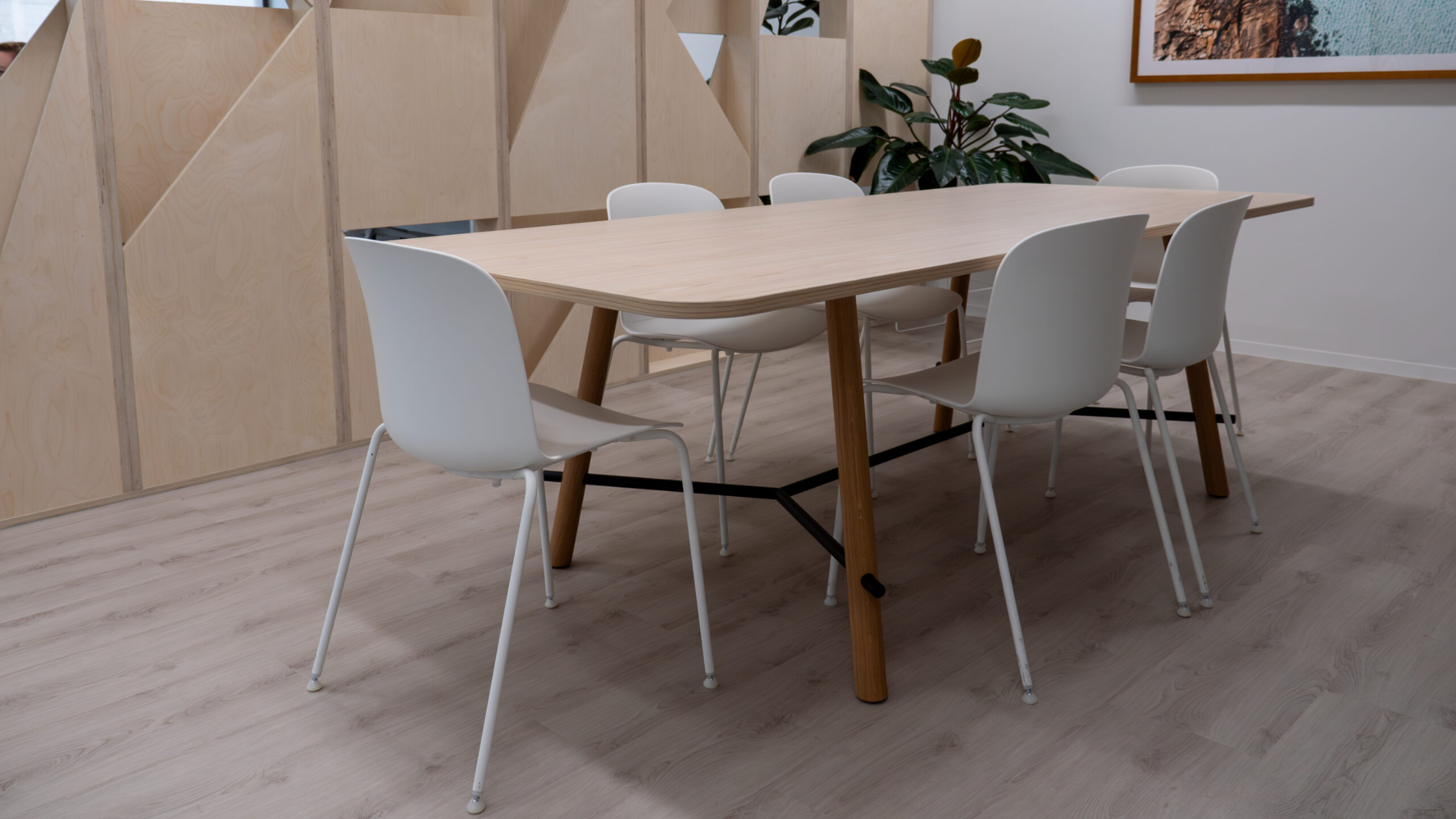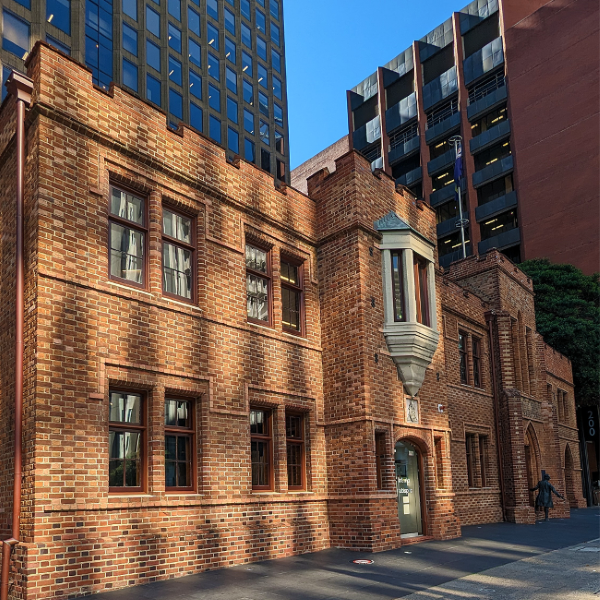
Collaborative Spaces: Choosing Tables and Chairs for Breakout Areas
In the current work landscape, collaborative spaces are vital for encouraging creativity, innovation, and teamwork. Often called breakout zones, these areas allow employees to break away from their standard desks to participate in discussions, brainstorming sessions, or simply unwind. To establish effective collaborative spaces, choosing the appropriate tables and chairs is essential. This guide will delve into several key factors to consider when selecting furniture for breakout areas, ensuring that these environments promote collaboration and boost productivity.
Understanding the Importance of Collaborative Spaces
Collaborative spaces are designed to facilitate interaction and communication among employees. Unlike traditional office settings, which can sometimes stifle creativity due to their rigid structure, collaborative spaces are adaptable and inviting. These areas encourage open dialogue, brainstorming, and problem-solving, all of which are essential for driving innovation within organisations.
Key Considerations When Choosing Tables and Chairs
1. Functionality
When selecting tables and chairs for collaborative spaces, functionality should be the top priority. The furniture must accommodate various activities, from informal discussions to structured meetings.
- Tables: Opt for versatile tables that can be easily rearranged to suit different group sizes. Folding tables or modular tables that can be linked together are excellent options. Consider the height of the tables as well; standing-height tables can promote energy and engagement during discussions.
- Chairs: Look for chairs that offer flexibility. Stackable or lightweight chairs can be easily moved around, allowing for quick reconfigurations. Additionally, chairs with wheels can enhance mobility, encouraging spontaneous interactions.
2. Comfort
Comfort plays a significant role in the effectiveness of collaborative spaces. Employees are more likely to engage in discussions if they feel physically comfortable in their environment.
- Tables: Choose tables with smooth surfaces that can accommodate laptops, notebooks, and other materials without hindering movement. Round or oval tables can encourage a more inclusive atmosp here, allowing everyone to feel part of the conversation.
- Chairs: Ergonomically designed chairs that provide proper support are essential. Look for options with adjustable heights and backrests to accommodate various body types. Adding cushions or upholstery can also enhance comfort, making it easier for employees to spend extended periods in discussion.
3. Aesthetics and Branding
The aesthetic appeal of breakout areas can significantly influence employee morale and creativity. The furniture should align with the company’s branding and the overall design of the workspace.
- Colours and Materials: Choose colours that reflect the brand’s identity while also promoting a positive atmosphere. For instance, warm tones can create a welcoming environment, while cool tones can foster focus. Materials like wood, metal, and fabric can add texture and interest to the space.
- Design Style: Consider the design style of the furniture. Sleek, modern designs can create a contemporary feel, while vintage or rustic pieces can add character. Ensure that the furniture complements other elements of the workspace, creating a cohesive look.
4. Space Planning
Effective space planning is crucial when selecting tables and chairs for collaborative spaces. The layout should facilitate movement, interaction, and accessibility.
- Flow: Ensure there is ample space for employees to move freely between tables and chairs. Avoid cluttering the area with too much furniture, which can hinder collaboration. A good rule of thumb is to allow at least three feet of space for pathways.
- Zoning: Consider creating different zones within the collaborative space. For example, designate areas for casual conversations, formal meetings, and relaxation. Using different types of tables and chairs in each zone can help define these spaces while encouraging various types of interaction.
5. Durability and Maintenance
Collaborative spaces often see high traffic and usage, so selecting durable furniture is essential for long-term sustainability.
- Tables: Look for tables made from high-quality materials that can withstand daily wear and tear. Laminate surfaces, for example, are easy to clean and resistant to scratches and stains.
- Chairs: Choose chairs that can endure constant movement and use. Upholstered chairs should have stain-resistant fabrics, while plastic or metal chairs are generally easier to maintain.
Trends in Collaborative Furniture
Staying updated on current trends can inspire fresh ideas for your collaborative spaces. Here are some popular trends in tables and chairs for breakout areas:
1. Multi-Functional Furniture
The rise of remote work and flexible office layouts has led to a demand for multi-functional furniture. Tables that can transform from dining to meeting tables or chairs that can convert into lounge seating are increasingly popular. These pieces offer versatility and can adapt to various activities and group sizes.
2. Biophilic Design
Incorporating elements of nature into the workspace has gained traction in recent years. Furniture that integrates natural materials, such as wood and stone, can create a calming atmosphere. Additionally, positioning plants or nature-inspired decor around tables and chairs can enhance the overall aesthetic and promote well-being.
3. Technology Integration
As technology continues to play a crucial role in the workplace, integrating tech-friendly furniture is essential. Tables equipped with charging ports or built-in screens can facilitate seamless communication and collaboration. Choosing chairs with built-in connectivity options can also enhance functionality.
When designing collaborative spaces, it’s important to consider the diverse needs of all employees. Accessibility should be a key factor in selecting tables and chairs. Look for options that cater to individuals with disabilities, such as adjustable-height tables and chairs with armrests. Ensuring that all employees can comfortably participate in collaborative activities is vital for fostering an inclusive workplace.
Choosing the right tables and chairs for breakout areas is a significant aspect of creating collaborative spaces that inspire teamwork and innovation. By prioritising functionality, comfort, aesthetics, space planning, and durability, organisations can develop environments that encourage interaction and enhance productivity.
As trends continue to evolve, it’s essential to remain adaptable and open to new ideas. Investing in quality furniture that meets these criteria will not only improve the employee experience but also drive organisational success in the long run.
By thoughtfully selecting tables and chairs, organisations can transform their breakout areas into vibrant hubs of collaboration, where ideas flow freely, and teamwork thrives. Embrace the potential of collaborative spaces, and watch as they become the heart of your organisation, fostering a culture of creativity and connection.



